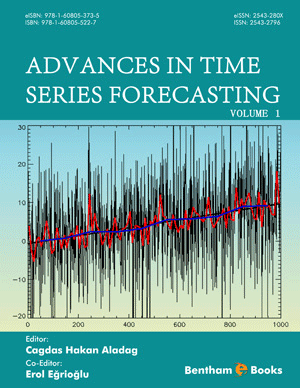Abstract
The mathematical terms describing the chemical reactions introduce nonlinearity in the systems of partial differential equations (PDEs), by which most of the large-scale air pollution models are described. The numerical treatment of these nonlinear terms causes normally great difficulties. Several algorithms for handling the chemical part of a particular air pollution model, the Unified Danish Eulerian Model (UNI-DEM), are described and discussed. The ideas used in the development of these methods are rather general and can also be applied in connection with other air pollution models as well as in the numerical treatment of some systems of PDEs that arise in other areas of science and engineering.
Keywords: Chemical sub-models, Unified Danish Eulerian Model (UNI-DEM), diffusivity coefficient, horizontal transport, horizontal diffusion, dry and wet depositions, vertical transport, deposition coefficient, vertical exchange, Quasi- Steady-State-Approximation (QSSA), ordinary differential equations (ODEs), condensed Carbon Bond Mechanism (CBM IV), sulphur pollutants, nitrogen pollutants, ozone, hydro-carbons, condition number, stiff ODE, A-stable, Strongly A-stable, L-stable method.












